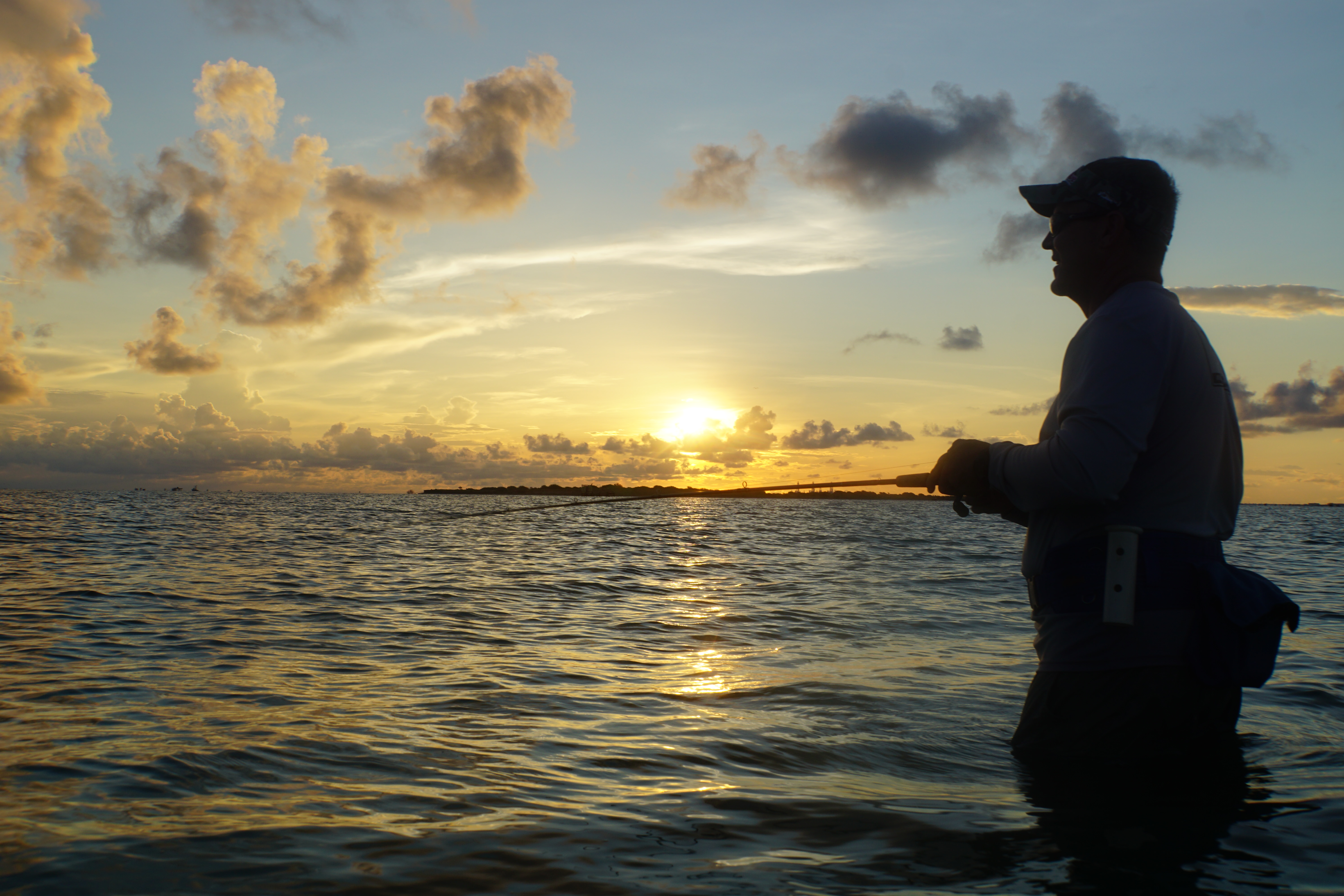
Elevate Your Game
Four tips for better angling.
HIRE A COACH
Hiring a professional guide is an easy way to get yourself back in the game in a number of ways. A fulltime guide is keenly attuned to the waters he or she is fishing and is an almost limitless source for information about specific and general patterns. These folks live the daily changes and trends that come with tracking fish for a living. They keep up with improvements in gear, electronics and everything that is evolving in the art of fishing.
When you are out on your trip, remember to ask questions. The great guides are as much instructors as they are fishermen. To a point, most are happy to share insights into best practices and techniques. Ask them to share their knowledge. Do not worry as much about the best spots to fish. Those are transient at best and regularly change through time and season. Ask your guide about the techniques he or she is using to locate the fish and establish patterns.
Try to book a trip each quarter – that gives you exposure to a number of dramatically different patterns and likely a few different bays. Even if you just do a spring and fall trip, you will quickly step up your knowledge.
STRETCH
In fishing, the most important stretch is not done on a yoga mat, but is accomplished in your openness to explore different types of fishing. If you truly want to improve your skills, you have to constantly stretch your experience base. If you are flexible enough to allow yourself to fish the opportunity at hand, rather than waiting for your own preferred timing and location, you will likely go fishing more.
I have found the best fishermen I have ever met are the ones who have fished vastly diverse waters with equally divergent approaches. They are willing to explore any water with any technique. Fishing is fishing; and every time you go and experience something different, it builds your knowledge base and makes you a more-rounded angler. It takes time, but as the saying goes, “The best time to plant an oak tree is 20 years ago. The second best time is today.”
KEEP YOUR EYE ON THE BALL
You cannot hit a ball if you can’t see it. Finding fish is no different. It begins and ends with your ability to see and read the signs of fish. Just like a well-tuned batter can see the spin on the ball, a keenly focused angler can pick up on a slight color change in the water or a twitch of a nervous baitfish. The first step to improving your vision is getting the right sunglasses. The technology of polarized sunglass design has improved significantly through the years.
There are dozens of brands, styles, lenses and price points to choose high-quality polarized fishing glasses. This is one area where you do not want to go cheap. Think of your glasses as the window to seeing the fish. The key is to find a pair that fits your face shape and does not allow significant glare or wind penetration to your eyes. Try several lenses to see which color is most comfortable for your vision. Also, make sure the weight feels right.
STUDY THE FILMS
Great athletes spend a lot of their off-field time studying the art of their game. They watch films, read journals and try to expand their knowledge. The same is true in fishing. If you cannot fish as regularly as you would like, try to stay contemporary by studying your art. Subscribe to several fishing magazines and journals. Read pieces that may not be about “your” target. You might be amazed what you learn about Texas speckled trout fishing from a piece on Florida snook fishing.
Also, look for seminars to attend. Often, trade shows will offer them, and it is not uncommon for tackle stores to host events that offer guest speakers and local experts from their local waters. It is a great opportunity to get access to priceless insight for little or no cost.
Take advantage of these opportunities. It is never as good as the real thing, but will improve your skills for the next time you are in the batter’s box.
